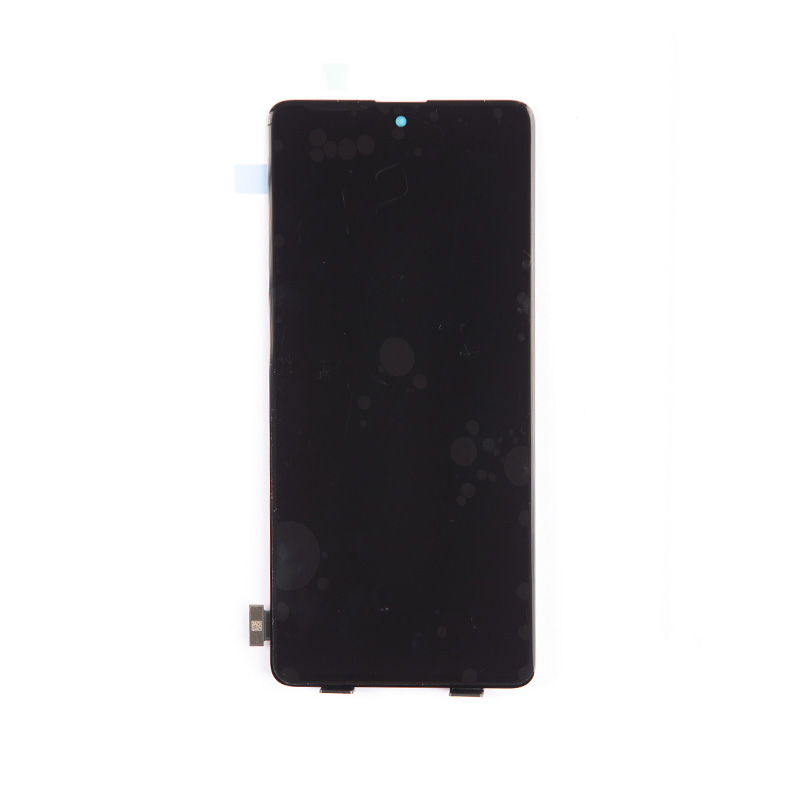Understanding Pixel Density in Cell Phone LCD Screens: What It Is and Why It Matters
2024-06-26
When shopping for a new cell phone, one of the specifications you often come across is pixel density. While it might seem like just another technical term, pixel density plays a crucial role in determining the quality of your phone's display. So, what exactly is pixel density, and why is it important? Let's explore this vital aspect of cell phone LCD screens.
What is Pixel Density?
Pixel density, measured in pixels per inch (PPI), refers to the number of pixels contained within a one-inch area of a screen. A pixel is the smallest unit of a digital image, and the density of these pixels determines how sharp and clear the display appears.
Why is Pixel Density Important?
1. Sharpness and Clarity
Higher pixel density means more pixels are packed into each inch of the screen, resulting in sharper and clearer images. This is especially important for text readability, detailed graphics, and high-definition videos. A screen with higher PPI will show finer details and smoother edges, enhancing the overall visual experience.
2. Viewing Distance
The importance of pixel density also depends on the typical viewing distance. For cell phones, which are usually viewed from a short distance (about 12-18 inches), a higher PPI is crucial to avoid seeing individual pixels (known as pixelation). As the PPI increases, the pixels become smaller and less noticeable, providing a more seamless and immersive viewing experience.
3. User Experience
A higher pixel density contributes significantly to the user experience. Whether you're browsing the web, watching videos, playing games, or reading eBooks, a screen with high PPI ensures that the content is displayed with utmost clarity and sharpness. This reduces eye strain and enhances visual comfort, making prolonged usage more enjoyable.
4. Competitive Edge
In the highly competitive smartphone market, pixel density is often a key differentiator. Manufacturers strive to offer higher PPI to attract consumers looking for the best visual experience. A phone with a higher pixel density is often perceived as having a superior display, which can influence purchasing decisions.
Balancing Pixel Density and Other Factors
While high pixel density is important, it's not the only factor that determines display quality. Other aspects like color accuracy, brightness, contrast ratio, and screen technology (LCD vs. OLED) also play vital roles. Additionally, higher pixel density can consume more power, potentially affecting battery life. Therefore, manufacturers must balance pixel density with these other factors to provide an optimal user experience.
Conclusion
Pixel density is a crucial metric that significantly impacts the quality and performance of cell phone LCD screens. It determines how sharp and clear the images and text appear, influencing everything from readability to overall visual pleasure. When combined with other display technologies and factors, high pixel density ensures that your smartphone delivers an outstanding viewing experience, making it an essential consideration for both manufacturers and consumers. Understanding the importance of pixel density helps you make informed decisions when choosing your next smartphone, ensuring you get the best display for your needs.



